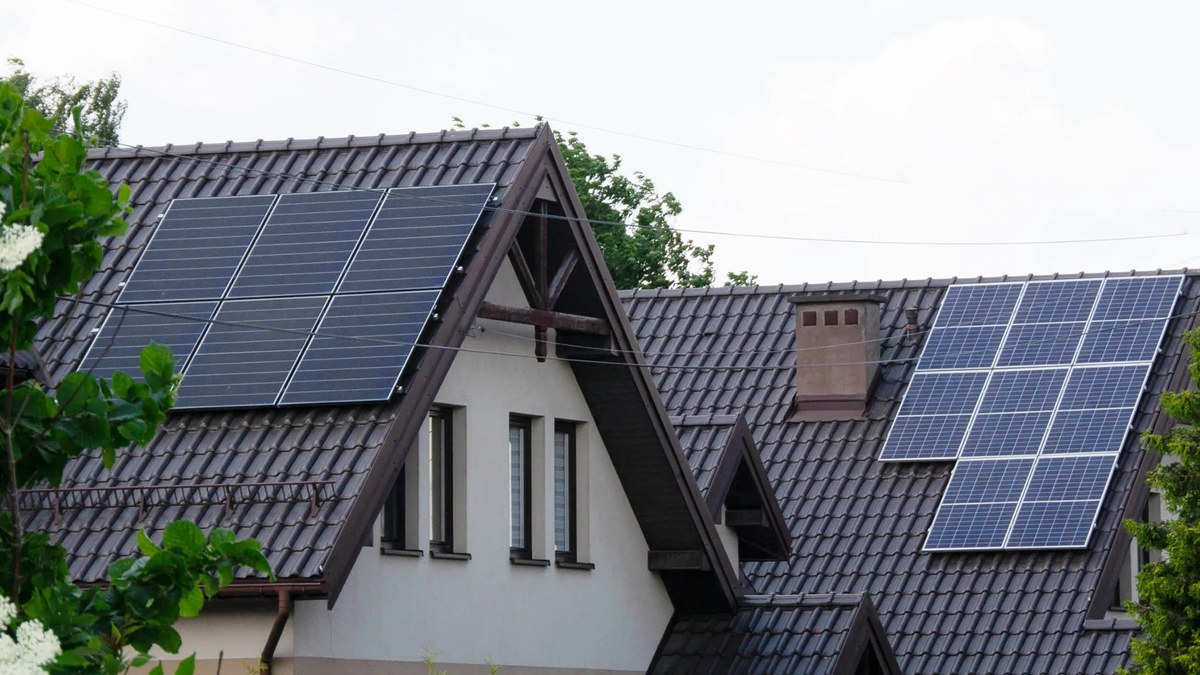The Circular Economy of Solar Panels in the U.S.: Recycling and Second-Life Solutions

As solar energy adoption grows, managing the lifecycle of photovoltaic panels, especially their end-of-life phase, has become a critical issue.
In the U.S., around 90% of decommissioned solar panels end up in landfills as of 2023, highlighting the need for better recycling solutions. The lack of federal recycling mandates in the U.S. has led to inconsistent practices, with over 20 facilities processing solar panels but an overall low recycling rate. Recycling a silicon PV module costs between $15 and $45, while landfill disposal costs only $1 to $5, making recycling economically unattractive.
New technologies aim to replace silver contacts with copper or aluminum and develop sealants that dissolve without damaging other components. Policy incentives play a crucial role, with Washington state requiring manufacturers to recycle their solar products.
The U.S. Inflation Reduction Act of 2022 offers tax credits for investments in solar panel recycling facilities. Reducing recycling costs by $10 per module could increase the recycling rate by 36% by 2050.
